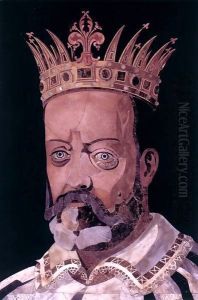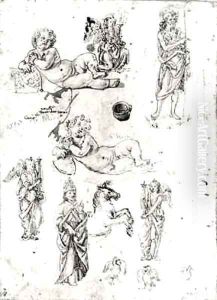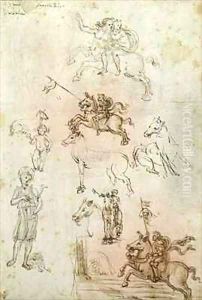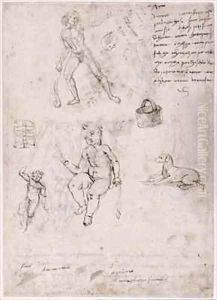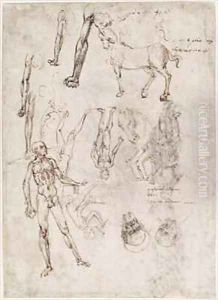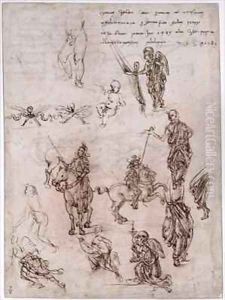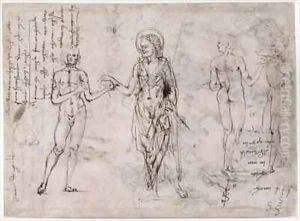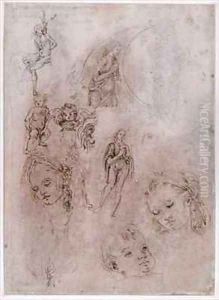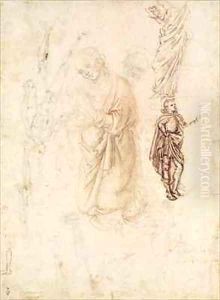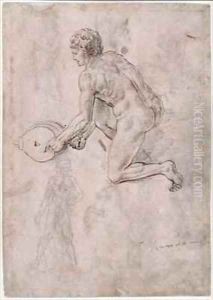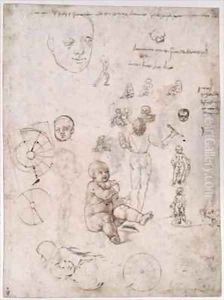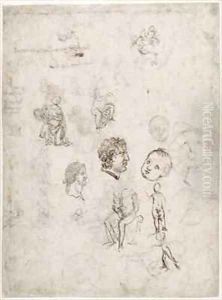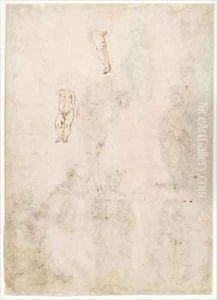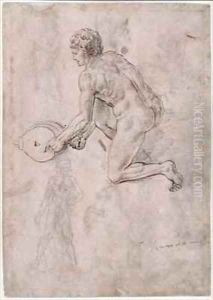Francesco di Simone da Fiesole Ferrucci Paintings
Francesco di Simone Ferrucci, born in 1437 in Fiesole, Italy, was an Italian sculptor of the early Renaissance period. He is often referred to by his place of origin, as Francesco da Fiesole, to distinguish him from other artists with similar names. Ferrucci was a contemporary of other notable artists of the time, such as Andrea del Verrocchio and Antonio Rossellino, and his work reflects the transition between the Gothic and Renaissance styles.
Ferrucci's training and early career are not well-documented, but it is believed that he was influenced by the works of Donatello and Luca della Robbia, leading sculptors of the previous generation. His style, characterized by a delicate handling of marble and a focus on human emotion and naturalism, suggests a deep study of both his predecessors and the human form. Ferrucci was adept at both religious and secular themes, working on commissions for churches as well as for private patrons.
Among Ferrucci's notable works are the altarpiece for the Chapel of the Sacrament in Fiesole Cathedral, which showcases his skill in creating complex, multi-figure compositions, and a series of virtuoso marble reliefs depicting scenes from the life of St. John the Baptist. His sculptures often featured intricate details and a refined sense of composition, making him a respected figure among his contemporaries.
Despite his talents, Francesco di Simone Ferrucci did not achieve the same level of fame as some of his peers. This may be partly due to the scarcity of signed works and documents related to his career. However, his contributions to the development of Renaissance sculpture, particularly in the realm of religious art, have been recognized by art historians.
Ferrucci's death in 1493 marked the end of a career that had spanned over five decades. While he may not have left behind a large body of work, his sculptures continue to be admired for their technical skill and emotional depth. Today, Ferrucci is remembered as a significant, though somewhat underappreciated, figure in the transition from Gothic to Renaissance art in Italy.
